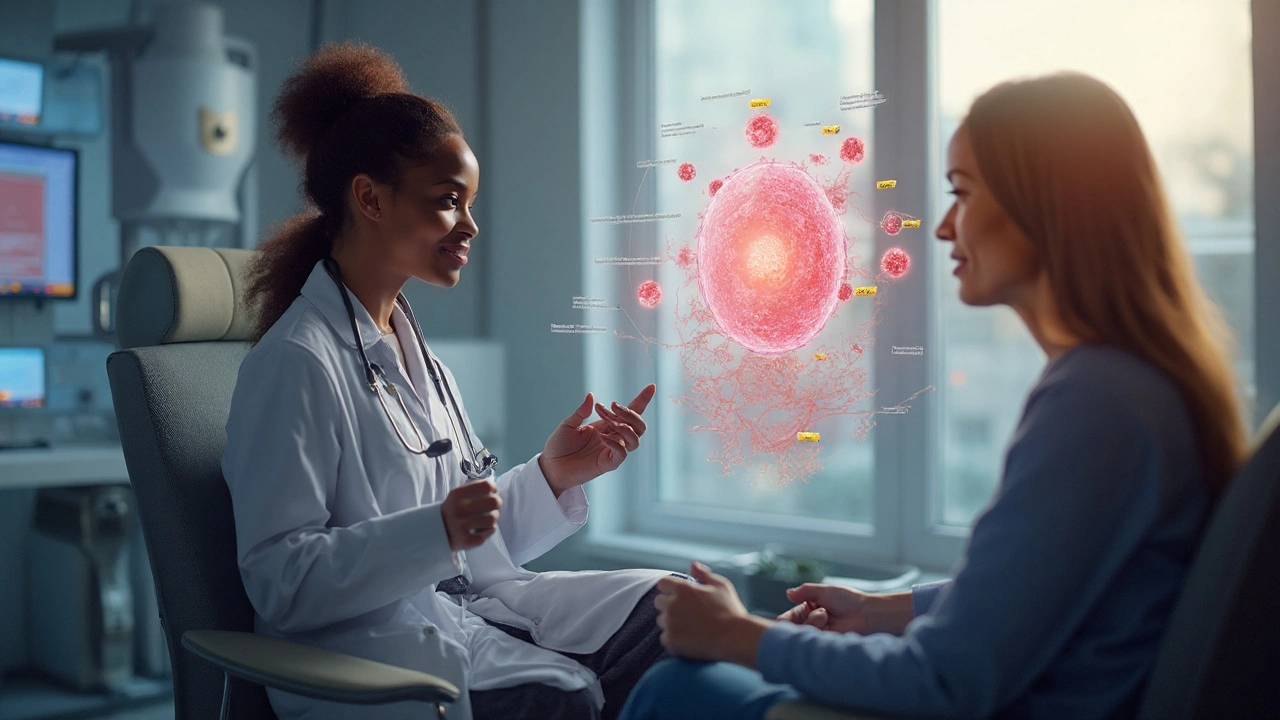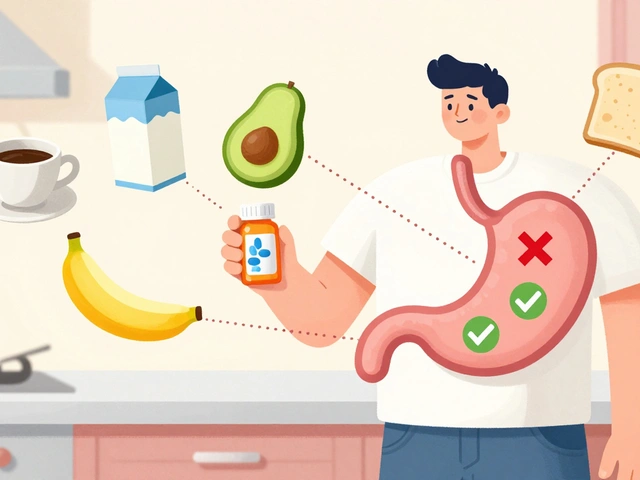CAR‑T Therapy: A Straight‑Forward Guide to the Cutting‑Edge Cancer Treatment
If you’ve heard the buzz about CAR‑T therapy and wonder if it could be the answer for you or a loved one, you’re in the right place. In simple terms, CAR‑T (chimeric antigen receptor T‑cell) therapy rewires a patient’s own immune cells to hunt down cancer. Think of it as giving your T‑cells a new set of GPS coordinates that point straight to the tumor.
Here’s how the process breaks down: first, doctors draw blood and isolate the T‑cells. In a lab, they add a gene that creates a special receptor on those cells – the CAR. Once the engineered cells multiply enough, they’re infused back into the patient’s bloodstream. Those CAR‑T cells then patrol, spot the cancer’s unique marker, and launch an attack.
Who Can Benefit from CAR‑T Therapy?
Right now, CAR‑T is approved for certain blood cancers, especially relapsed or refractory B‑cell acute lymphoblastic leukemia (ALL) and diffuse large B‑cell lymphoma (DLBCL). Ongoing trials are testing it against multiple myeloma, chronic lymphocytic leukemia, and even solid tumors like brain or lung cancer. Eligibility usually means the cancer has come back after standard treatments and the patient is healthy enough to handle the therapy’s side effects.
Doctors also look at factors like age, overall organ function, and the specific markers on the cancer cells. If the tumor expresses the right target (most commonly CD19 for blood cancers), CAR‑T becomes a viable option.
What to Expect Before, During, and After Treatment
Preparation: You’ll undergo a short chemotherapy regimen called lymphodepletion. This clears space for the CAR‑T cells to expand once they’re back in your system. Side effects here are usually mild – fever, fatigue, or low blood counts.
Infusion Day: The actual CAR‑T infusion is quick, often lasting less than an hour. You’ll stay in the clinic for observation, but most patients go home the same day.
Post‑infusion monitoring: The biggest risk is cytokine release syndrome (CRS), a flu‑like reaction that can spike to severe fever, low blood pressure, or organ stress. Nurses watch for signs around the clock, and medications like tocilizumab can quickly calm CRS. Neurotoxicity, called ICANS, can cause confusion or language issues, but it’s usually manageable.
Recovery varies. Some folks feel back to normal in weeks; others need a few months to fully regain energy. Regular blood tests track how the CAR‑T cells are persisting and whether the cancer is in remission.
Costs are high – often north of $350,000 in the US – but many insurance plans cover it, and pharmaceutical companies sometimes offer financial assistance. If cost is a concern, ask your doctor’s office about patient‑aid programs.
Bottom line: CAR‑T therapy is a game‑changer for certain hard‑to‑treat cancers. It’s not a one‑size‑fits‑all solution, but for the right patients it can mean a durable remission when other options have failed. Talk with your oncologist about whether your cancer’s profile matches the approved targets, and weigh the potential benefits against the short‑term risks.
Staying informed is the first step. Keep an eye on emerging trials, because each new study brings us closer to broader uses, especially for solid tumors. With the science evolving fast, what looks experimental today might become standard care tomorrow.
A detailed guide to treatment options for chromosome-positive lymphoblastic leukemia, covering targeted drugs, chemotherapy, transplant, and emerging immunotherapies.
View Details

